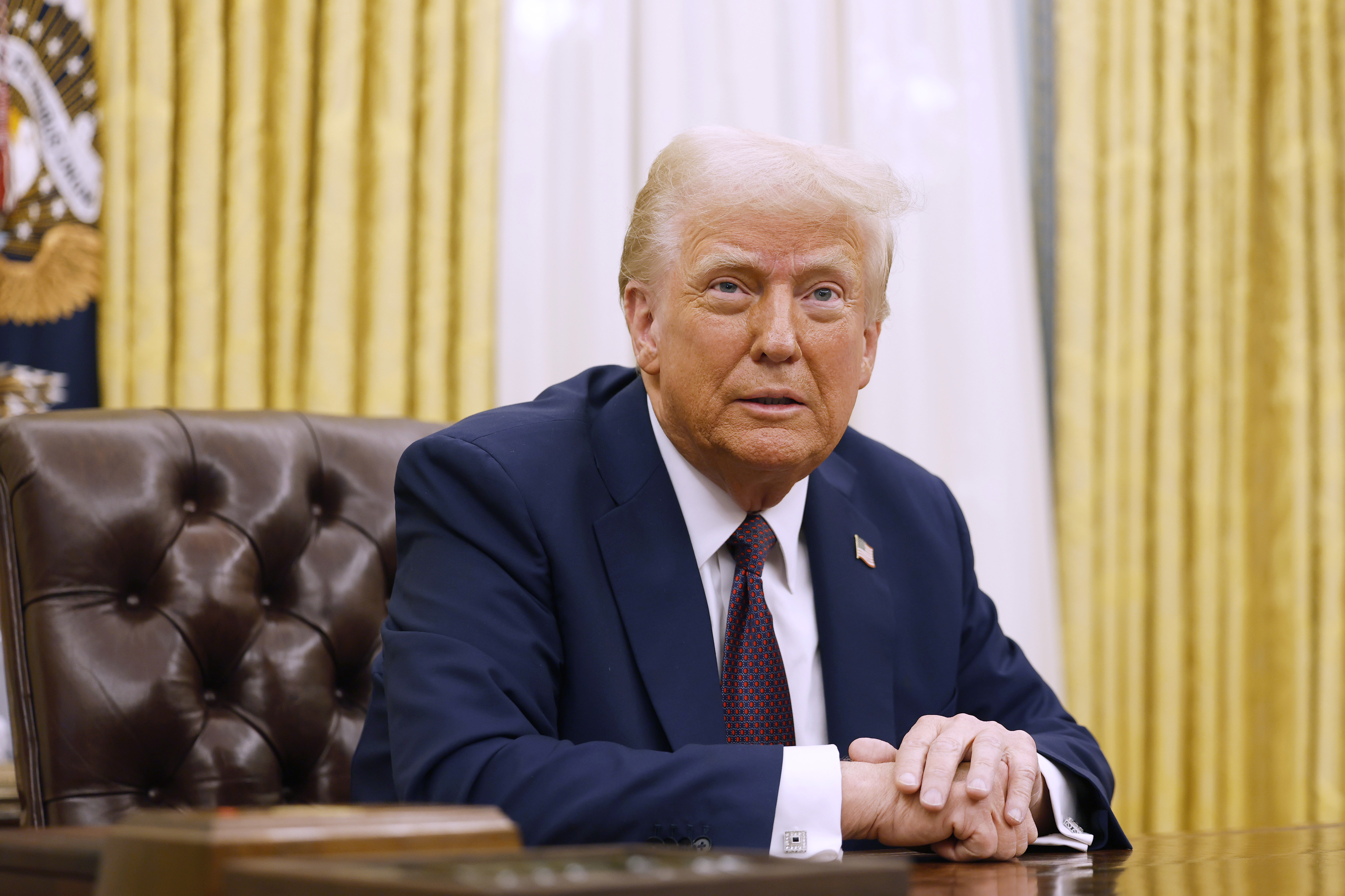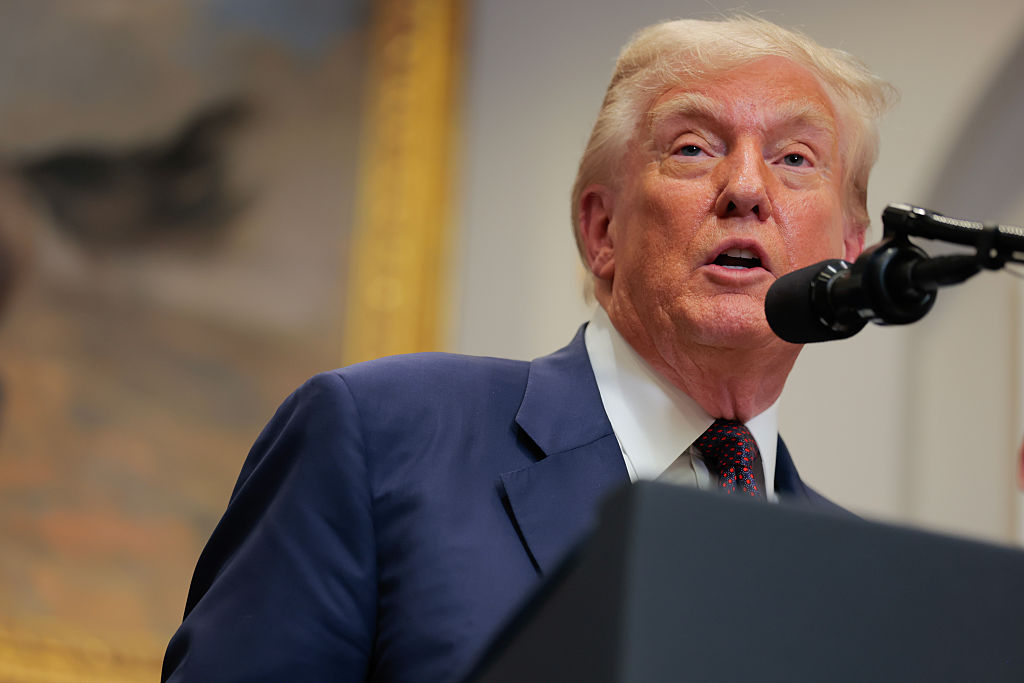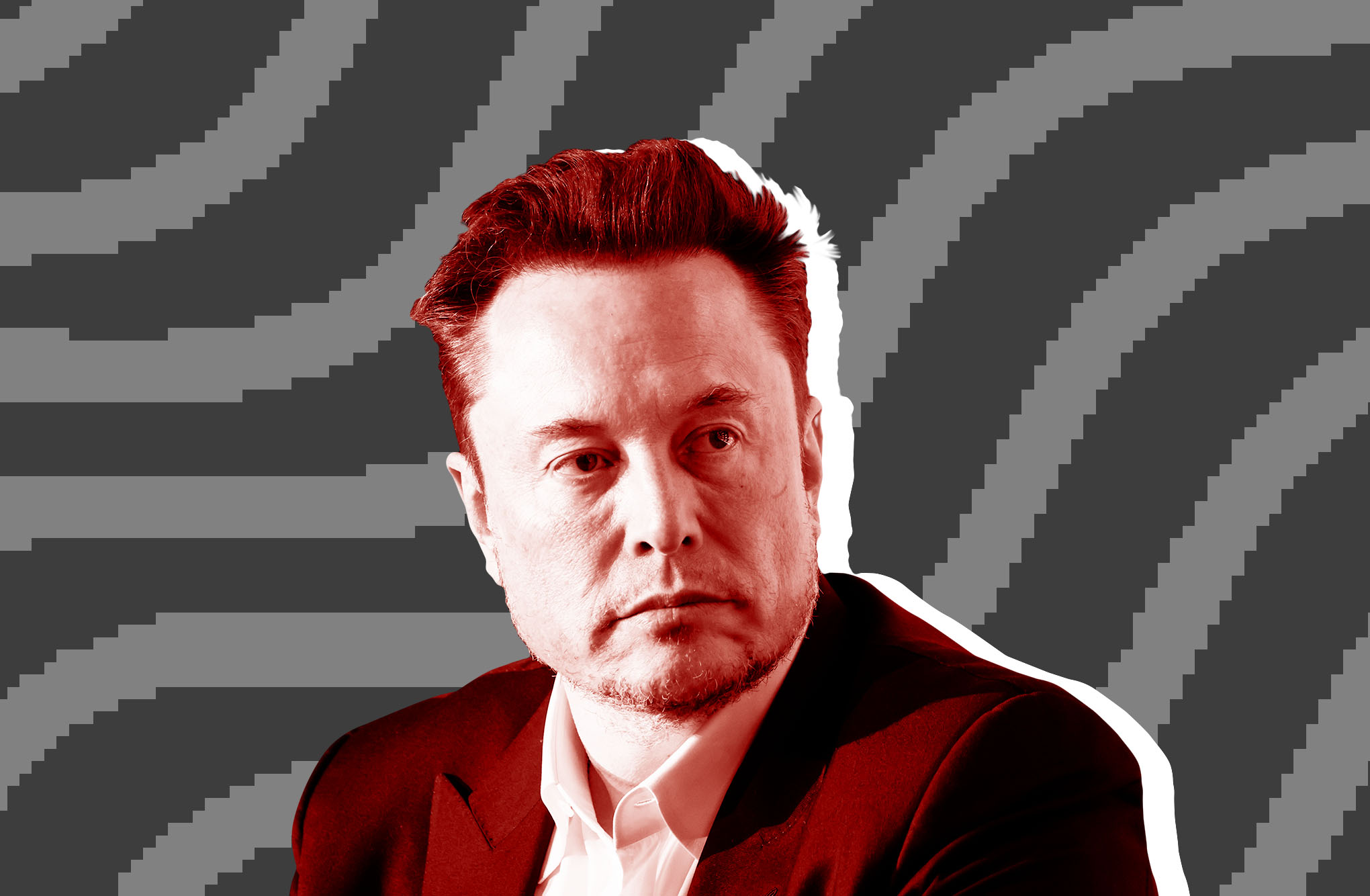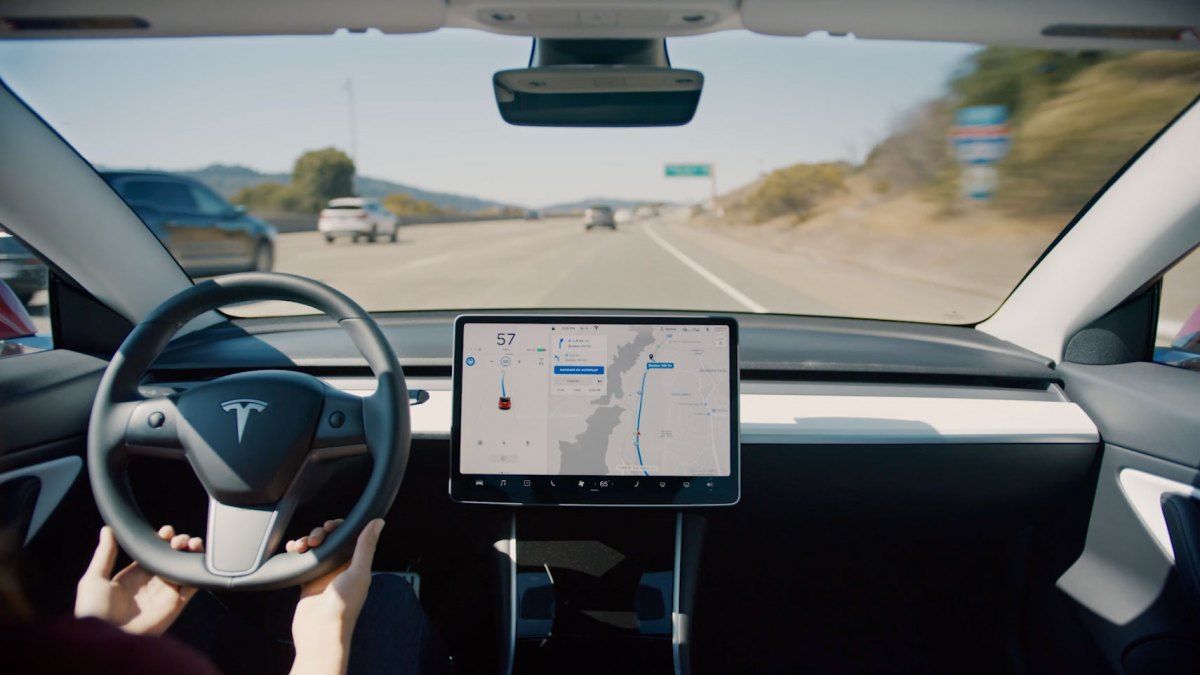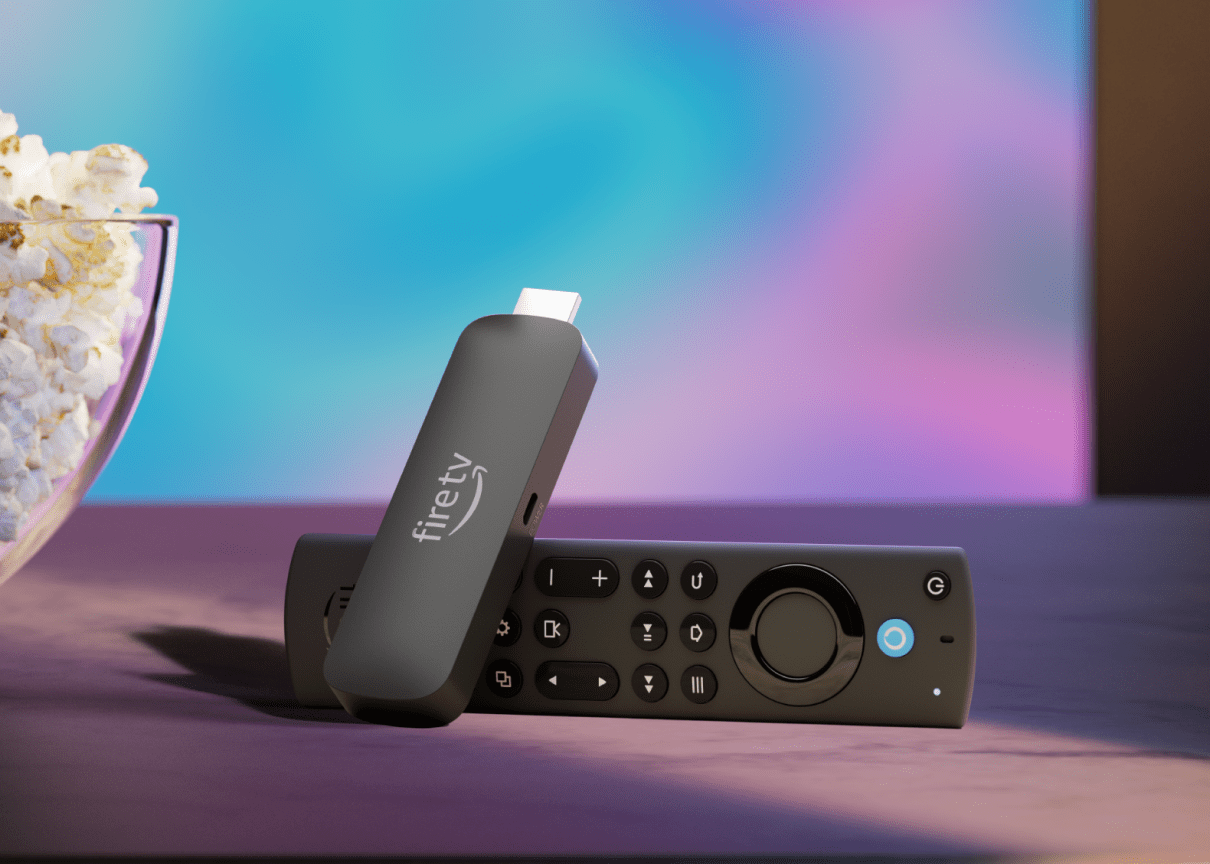“`html
Trump’s AI-Generated MedBed Video Sparks Controversy Online
In recent days, former President Donald Trump has once again made headlines, this time due to a peculiar video he posted on his social media platform, Truth Social. The video featured a segment from Fox News with Lara Trump discussing a supposed announcement regarding the world’s first MedBed hospital and a national MedBed card system. These concepts, however, do not exist in reality, leading to significant attention and controversy.
Upon its initial release, the video generated a mixed response from viewers, with many expressing confusion and skepticism. Shortly after posting, Trump removed the video, leaving many to speculate about the motivations behind its creation and dissemination. MedBeds, as referenced in the video, are a fictional concept often associated with conspiracy theories. Proponents of this idea claim that these advanced medical devices can perform miraculous cures, ranging from treating common ailments like asthma to more complex conditions such as cancer. This allure of a single device capable of addressing a myriad of health issues is a compelling narrative that has gained traction among certain groups, particularly those engaged in conspiracy theories.
The Intersection of AI and Misinformation
The video in question appears to be entirely AI-generated, with even Trump himself depicted discussing the MedBed program from the Oval Office. This raises important questions about the role of artificial intelligence in the spread of misinformation. The ability to create realistic video content using AI technology has advanced significantly in recent years, making it increasingly difficult for viewers to discern what is real and what is fabricated.
AI-generated content can be manipulated to serve various agendas, including political messaging and conspiracy promotion. This technology, while offering creative possibilities, also poses risks that society must confront. As a result, the potential for such technology to mislead the public is a growing concern among experts in both technology and media literacy.
Public Reaction and Implications
The public’s reaction to Trump’s AI-generated video was mixed. While some of his supporters recognized the video as a product of artificial intelligence, they nonetheless interpreted it as an affirmation of the existence of MedBeds. This phenomenon highlights a broader issue regarding the consumption of information in the digital age: the tendency for individuals to accept information that aligns with their preexisting beliefs, regardless of its factual basis.
Moreover, the incident underscores the challenges faced by social media platforms in moderating content. The rapid spread of misinformation can occur before any corrective measures are implemented, leading to a cycle of confusion and distrust among the public. This situation emphasizes the urgent need for more effective content moderation strategies that can address the challenges of AI-generated misinformation.
The Role of Conspiracy Theories in Modern Discourse
Conspiracy theories have long been a part of political discourse, but their prevalence has surged in recent years, particularly with the rise of social media. The MedBed narrative is just one example of a larger trend where fantastical claims gain traction among certain segments of the population. These theories often thrive on the internet, where communities can form around shared beliefs, further entrenching their views.
Belief in such theories can have real-world consequences, influencing public opinion and policy. For instance, the notion that medical advancements are being suppressed by powerful entities like Big Pharma resonates with individuals who feel disenfranchised or skeptical of mainstream institutions. This distrust can lead to resistance against established medical practices and public health initiatives, ultimately posing risks to community health and safety.
Technological Context and Future Outlook
The emergence of AI-generated content presents both opportunities and challenges. On one hand, AI can be harnessed for creative and educational purposes, enhancing storytelling and communication. On the other hand, the potential for misuse remains a significant concern. As AI technology continues to evolve, so too does the need for robust frameworks to address issues of authenticity and accountability in digital content.
As society grapples with these challenges, media literacy becomes increasingly important. Educating the public about how to critically evaluate information sources and recognize the hallmarks of misinformation can empower individuals to navigate the complex digital landscape more effectively. This is especially crucial in an era where AI-generated content can appear increasingly indistinguishable from authentic human-created media.
Conclusion
The recent incident involving Trump’s AI-generated video serves as a cautionary tale about the intersection of technology, misinformation, and public perception. As the lines between reality and fabrication blur, it is essential for individuals, media organizations, and technology platforms to work collaboratively to foster a more informed public.
By promoting critical thinking and transparency, society can better equip itself to confront the challenges posed by misinformation in the digital age. In summary, the episode not only highlights the capabilities of AI technology but also underscores the importance of vigilance in the face of emerging threats to information integrity.
As the digital landscape continues to evolve, ongoing dialogue and education will be key in mitigating the risks associated with AI-generated content and conspiracy theories. The responsibility lies not only with content creators and technology developers but also with consumers of information to remain discerning and critical of the content they engage with.
“`
